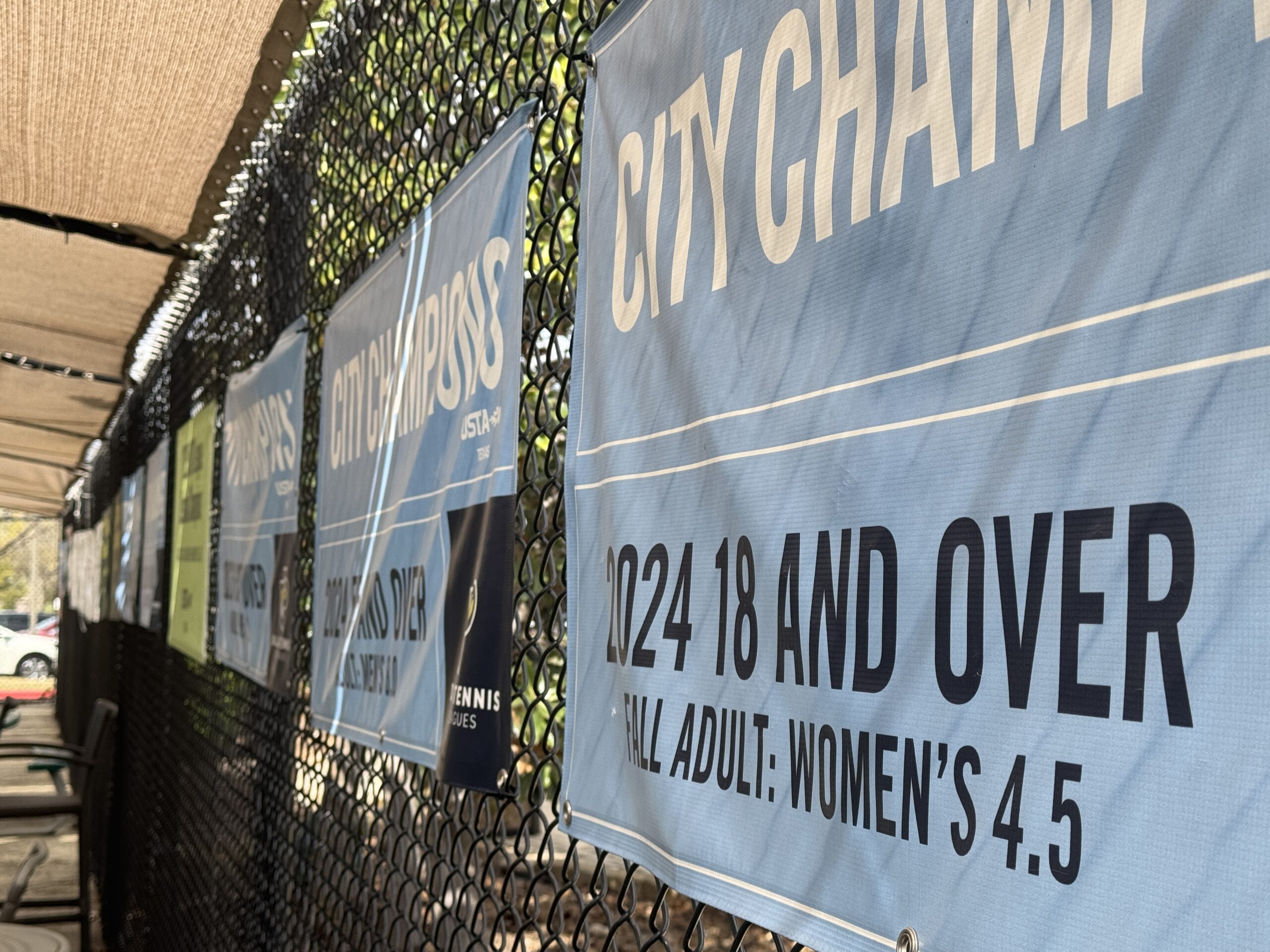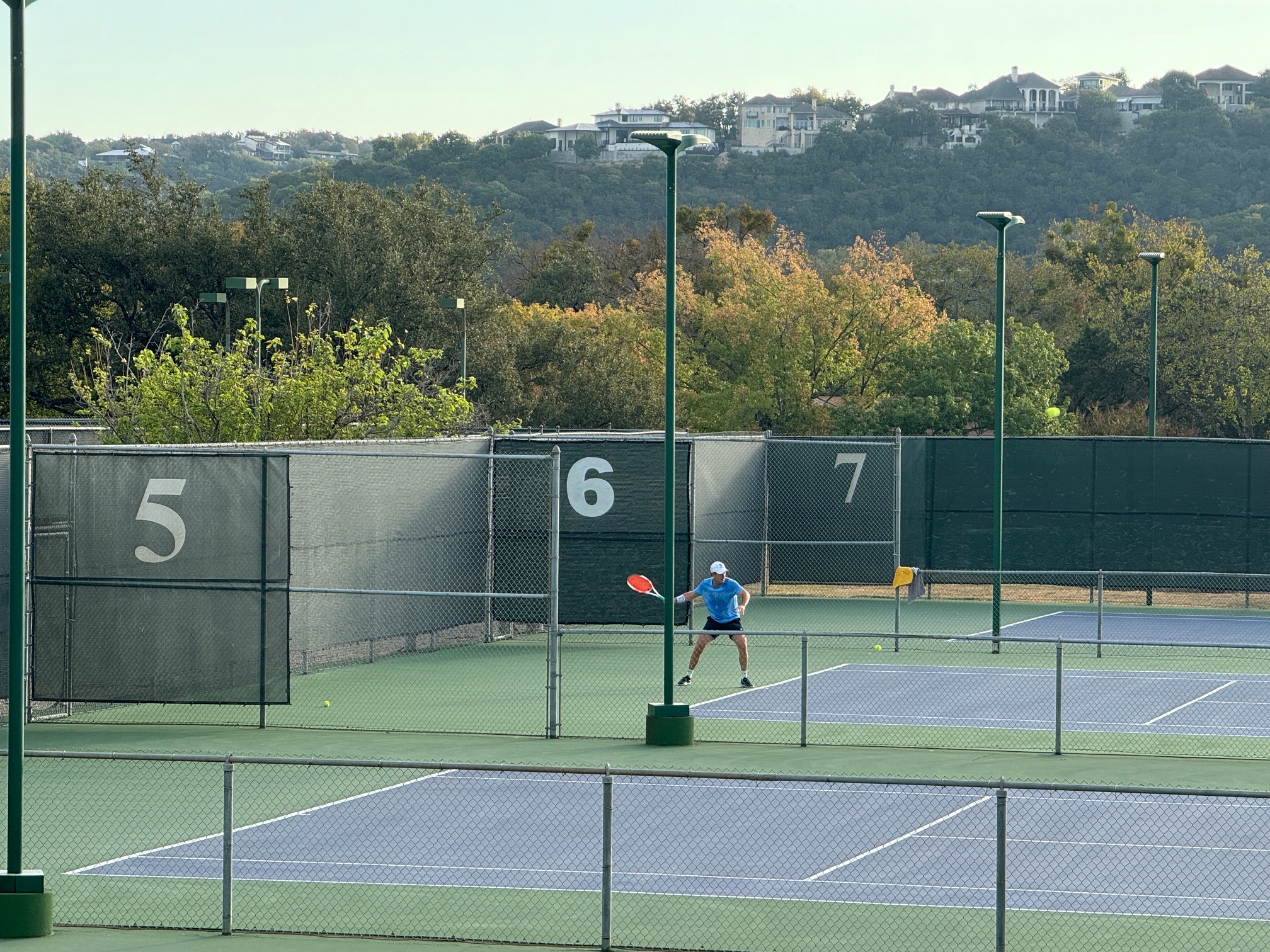Absent from the original Rules of Tennis the ITF inherited from the All England Club was any indication of the number of racquets that a player could use during play. This situation is remediated by an ITF case ruling in section 4.
Case 5: Is a player allowed to use more than one racket at any time during play? Decision: No.
USTA Friend at Court, Section 4
After railing on the ITF for excessive wordiness in the racquet specifications, I am immediately confronted with a one word answer to a case ruling. Well played, ITF. Well played.
To start the next point, the racquet specifications in Appendix II states verbatim “No energy source that in any way could change or affect the playing characteristics of a racket may be built into or attached to a racket.” This brings me to the inexplicable existence of ITF Case 6.
Case 6: Can a battery that affects playing characteristics be incorporated into a racket? Decision: No. A battery is prohibited because it is an energy source, as are solar cells and other similar devices.
USTA Friend at Court, Section 4
The only additional source of information imparted by Case 6 is to clarify that batteries and solar cells are energy sources. The fact that this was deemed to a necessary addition to the rules at some point in time makes me think there is an obstinate origin story lurking in the shadows. I am looking for it.
This concludes direct examination of the actual rules and specification regarding the racquet. Tomorrow I will examine the role of the ITF in enforcing the specifications.
- United States Tennis Association (2020) Friend at Court. White Plains, NY



